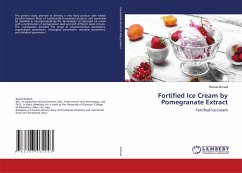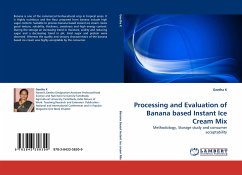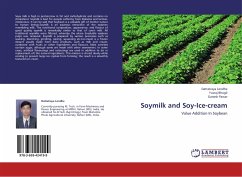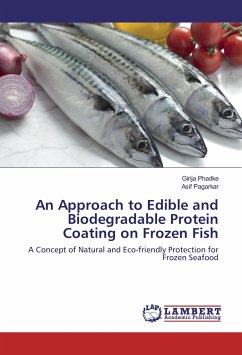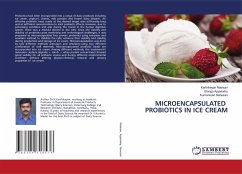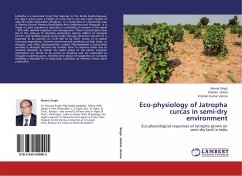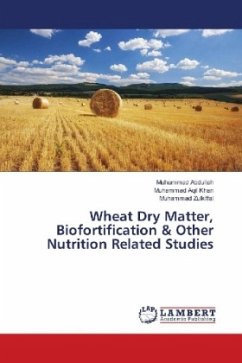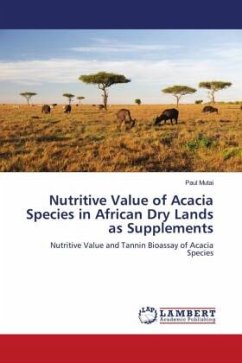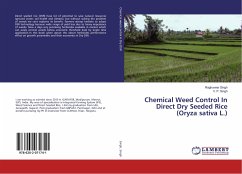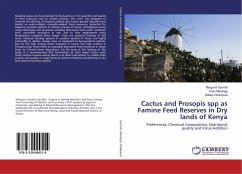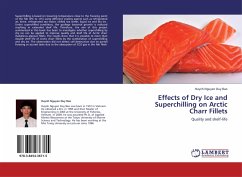
Effects of Dry Ice and Superchilling on Arctic Charr Fillets
Quality and shelf-life
Versandkostenfrei!
Versandfertig in 6-10 Tagen
32,99 €
inkl. MwSt.

PAYBACK Punkte
16 °P sammeln!
Superchilling is based on lowering temperature close to the freezing point of the fish (0°C to -4°C) using different cooling agents such as refrigerated air, brine, refrigerated sea water, chilled sea water, liquid ice and dry ice. Under superchilled conditions, the spoilage bacterial growth is reduced resulting in extended shelf life. Therefore, the aim of this project summarized in this book has been to investigate whether superchilling by dry ice can be applied to improve quality and shelf life of Arctic charr (Salvelinus alpinus) fillets. The results show that it is possible to more than...
Superchilling is based on lowering temperature close to the freezing point of the fish (0°C to -4°C) using different cooling agents such as refrigerated air, brine, refrigerated sea water, chilled sea water, liquid ice and dry ice. Under superchilled conditions, the spoilage bacterial growth is reduced resulting in extended shelf life. Therefore, the aim of this project summarized in this book has been to investigate whether superchilling by dry ice can be applied to improve quality and shelf life of Arctic charr (Salvelinus alpinus) fillets. The results show that it is possible to more than double shelf life of Arctic charr fillets by the combination of superchilling and dry ice. The observation did not detect cell destruction due to partial freezing or soured taste due to the absorption of CO2 gas in the fish flesh.



